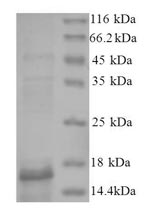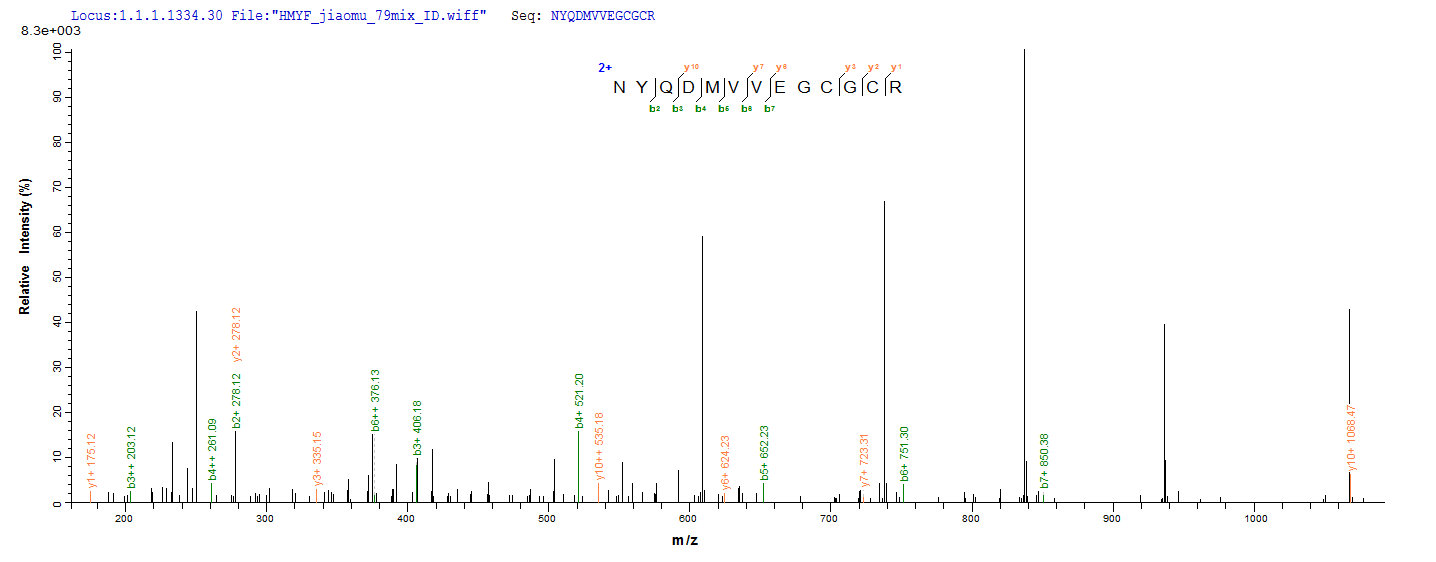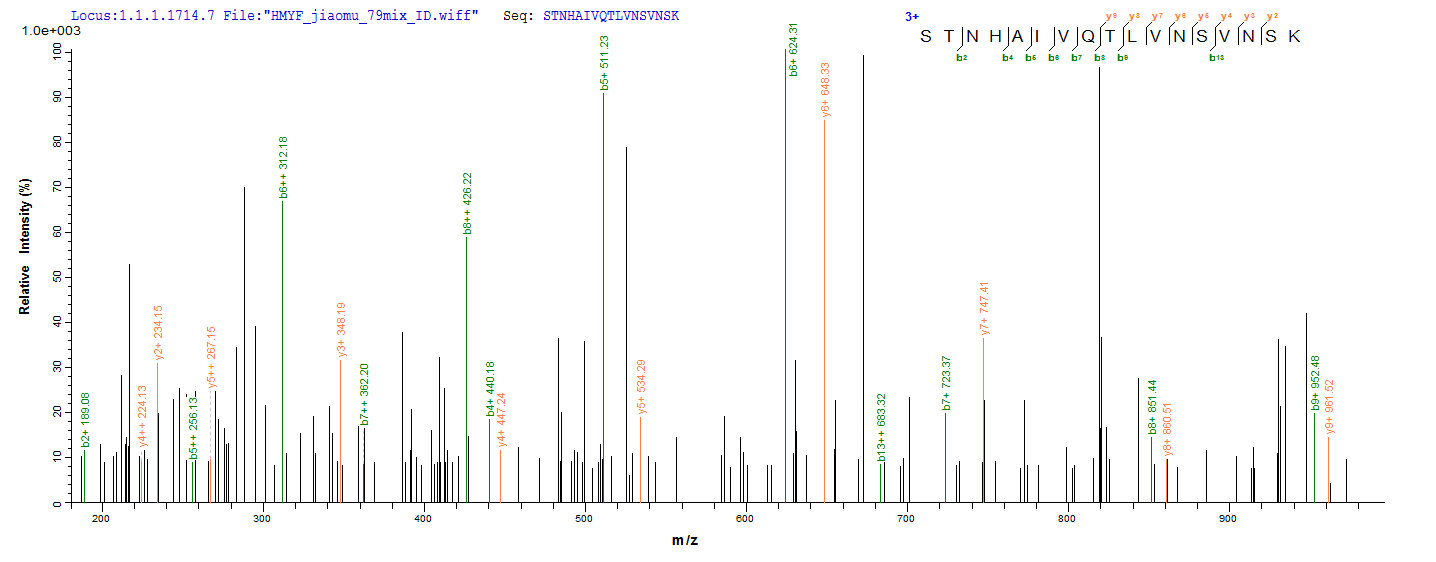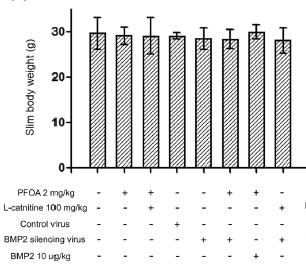Recombinant human BMP2 protein production in E. coli begins with cloning the target gene tagged with an N-terminal 6xHis gene into an expression vector and transforming it into E. coli cells. The target gene encodes the full length of mature human BMP2 (283-396aa). These cells are cultured to express the BMP2 protein. After cell lysis, the BMP2 protein is purified using affinity chromatography. Protein purity is checked using SDS-PAGE, exceeding 90%.
BMP2, a member of the TGF-β superfamily, mediates multiple cell functions and fates [1]. BMP2 has promoted human trophoblast invasion and endothelial-like tube formation [2]. It is expressed in human ovarian follicles and the corpus luteum, regulating follicle development and luteal function [3]. Studies have shown that BMP2 regulates cell adhesion and extracellular matrix transformation in the human endometrium [4][5].
Furthermore, BMP2 is present in the human normal mammary gland, where it, along with BMP4, modulates mammary stem/progenitor cell fate [6]. BMP2 has been linked to regulating follicular steroidogenesis and producing brain-derived neurotrophic factors in granulosa-lutein cells [7].
References:
[1] J. Li, Z. Zhang, H. Yu, A. Yang, P. Hu, Z. Liuet al., Long noncoding rna c21orf121/bone morphogenetic protein 2/microrna‐140‐5p gene network promotes directed differentiation of stem cells from human exfoliated deciduous teeth to neuronal cells, Journal of Cellular Biochemistry, vol. 120, no. 2, p. 1464-1476, 2018. https://doi.org/10.1002/jcb.27313
[2] Y. Yi, H. Zhu, C. Klausen, & P. Leung, Transcription factor sox4 facilitates bmp2‐regulated gene expression during invasive trophoblast differentiation, The Faseb Journal, vol. 35, no. 12, 2021. https://doi.org/10.1096/fj.202100925rr
[3] X. Luo, H. Chang, Y. Yi, & Y. Sun, Bone morphogenetic protein 2 inhibits growth differentiation factor 8-induced cell signaling via upregulation of gremlin2 expression in human granulosa-lutein cells, Reproductive Biology and Endocrinology, vol. 19, no. 1, 2021. https://doi.org/10.1186/s12958-021-00854-6
[4] , In celebration of women in molecular and cellular reproduction,, 2024. https://doi.org/10.3389/978-2-8325-4893-6
[5] H. Chang and H. Zhu, Bmp2 suppresses the production of pentraxin 3 in human endometrial stromal and decidual stromal cells, The Faseb Journal, vol. 36, no. 5, 2022. https://doi.org/10.1096/fj.202200081rr
[6] M. Chapellier, É. Bachelard-Cascales, X. Schmidt, F. Clément, I. Treilleux, E. Delayet al., Disequilibrium of bmp2 levels in the breast stem cell niche launches epithelial transformation by overamplifying bmpr1b cell response, Stem Cell Reports, vol. 4, no. 2, p. 239-254, 2015. https://doi.org/10.1016/j.stemcr.2014.12.007
[7] L. Bai, H. Chang, L. Zhang, Y. Zhu, & P. Leung, Bmp2 increases the production of bdnf through the upregulation of probdnf and furin expression in human granulosa‐lutein cells, The Faseb Journal, vol. 34, no. 12, p. 16129-16143, 2020. https://doi.org/10.1096/fj.202000940r









